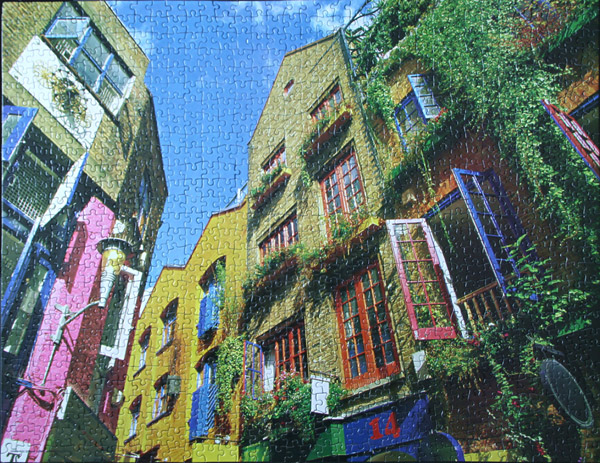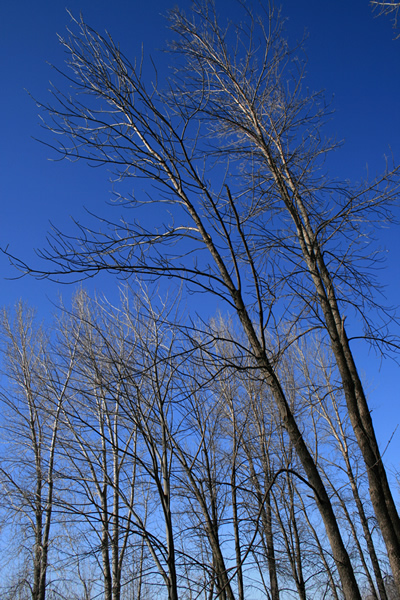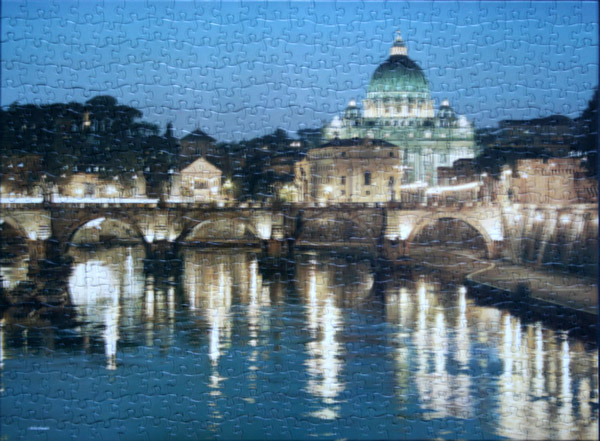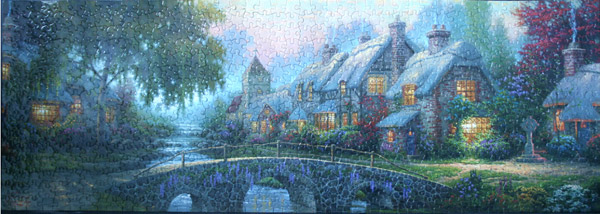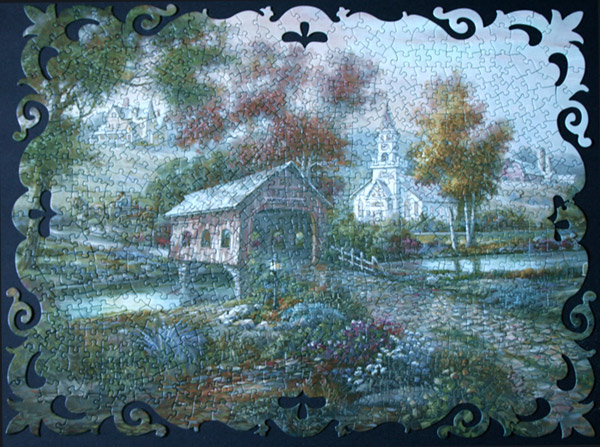
Size: 750 pieces
Dimensions: 86.36cm x 30.48cm
Producer: Sure-Lox, Panorific series
Notes: A meadow is a field vegetated primarily by grass and other non-woody plants (grassland). It may be naturally occurring or artificially cleared. It may be cut for hay or grazed by livestock such as cattle, sheep or goats.
A transitional meadow occurs when a field, pasture, farmland, or other cleared land is no longer farmed or heavily grazed and starts to overgrow. Once meadow conditions are achieved, however, the condition is only temporary because the early colonizers will be shaded out when woody plants become well-established.
In North America prior to European colonization, Algonquian, Iroquois and other Native American people regularly cleared areas of forest to create transitional meadows where deer could find nutrition and be hunted. Many places named “Deerfield” are located at sites where Native Americans once practised this form of land management. [Wiki]









